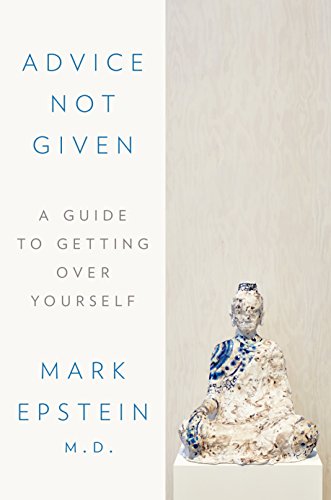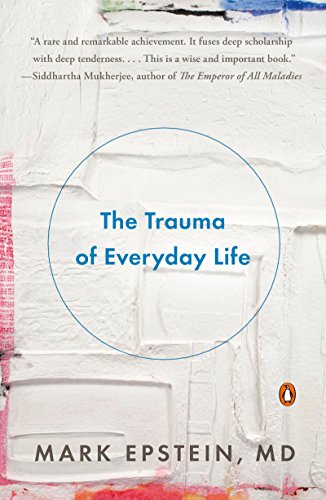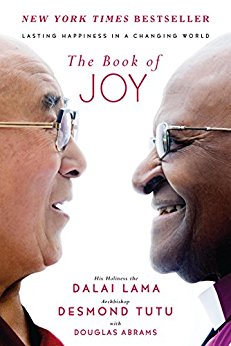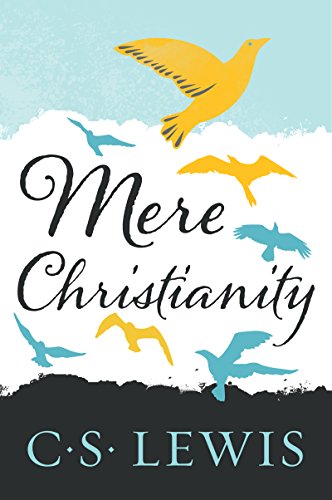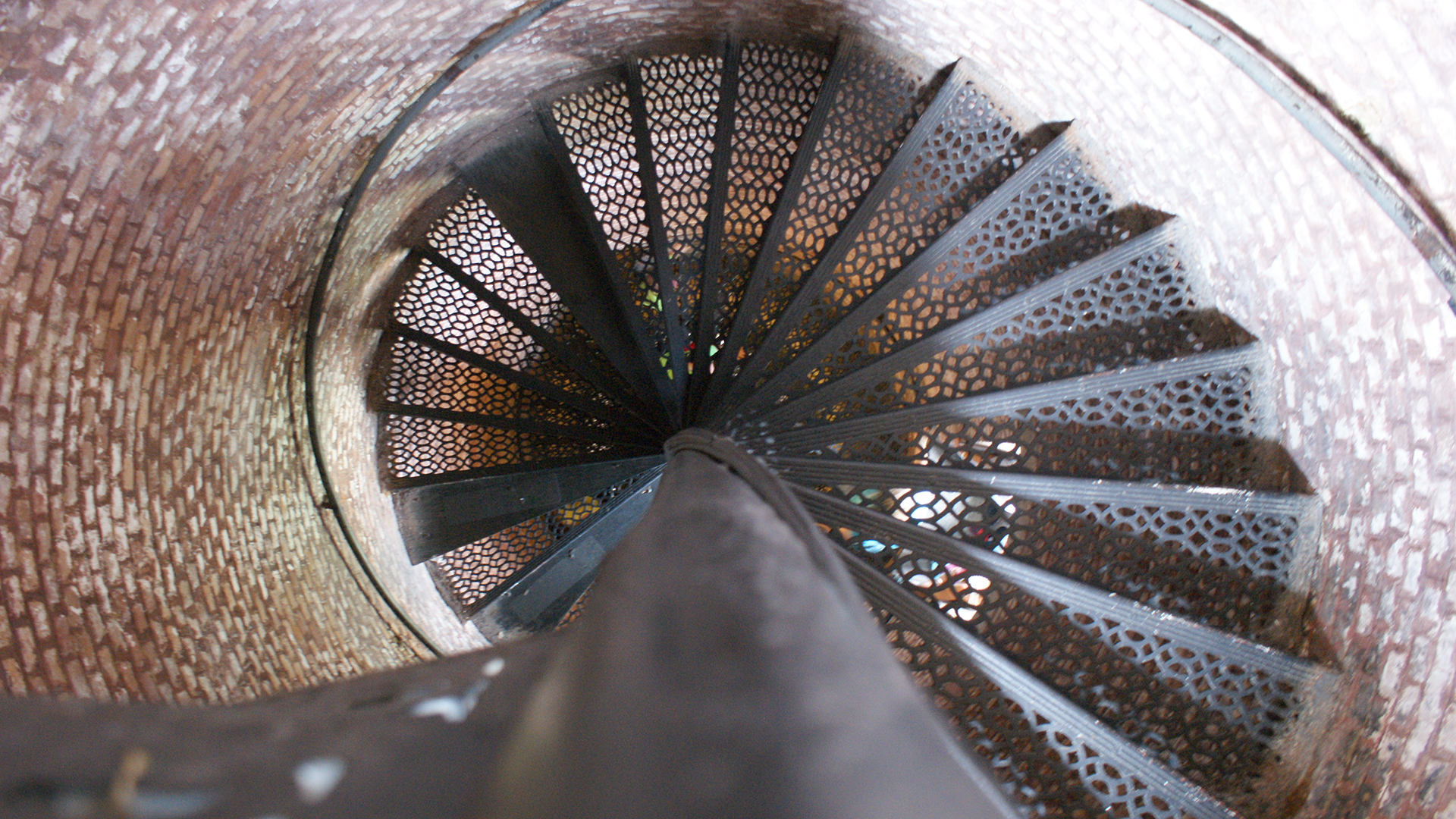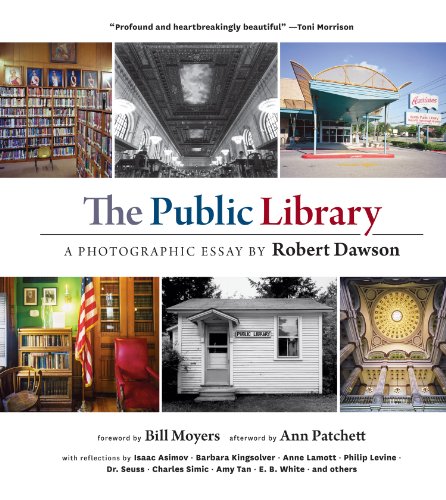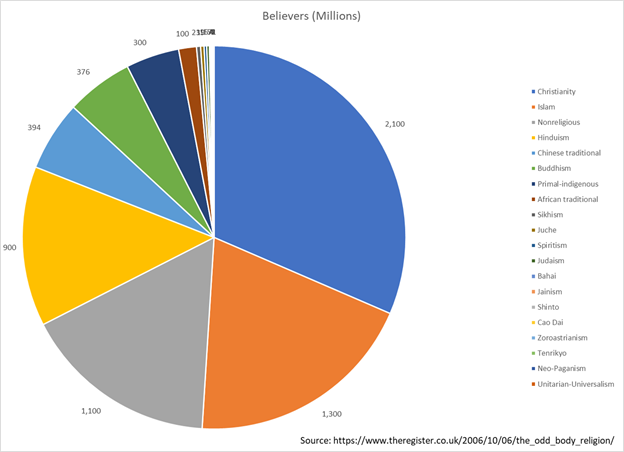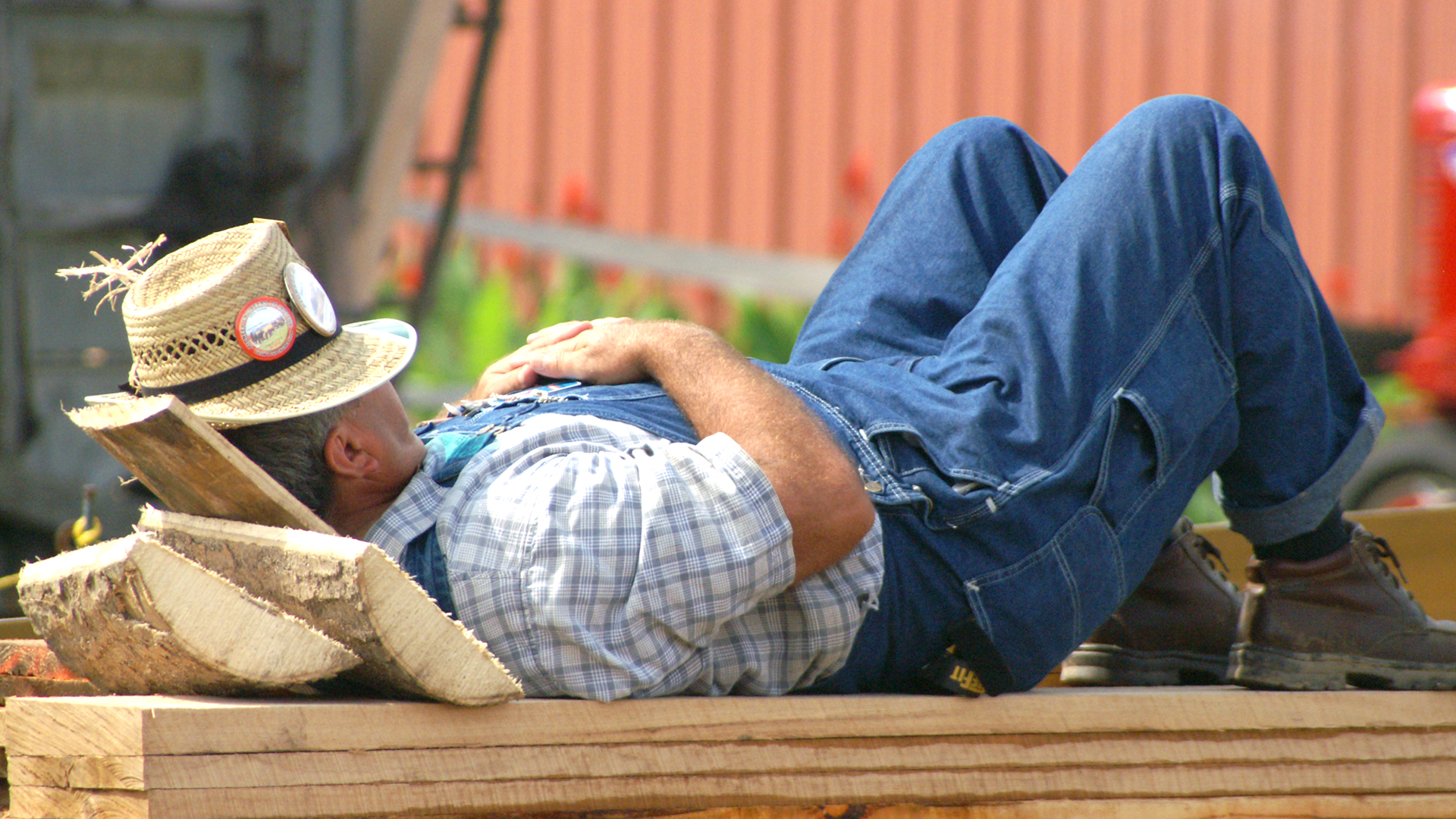Robert Bogue
June 1, 2018
1 Comment
Alcoholics Anonymous and other “recovery” groups still suffer from a stigma in popular culture. Much like going to a counselor does – or did – demonstrate that you didn’t have everything together, 12-step “recovery” groups are seen as a demonstration of weakness; however, I can tell you that I find them to be the places where I have seen the greatest strengths of character and where I see the most authentic people.
The first challenge in the opportunity to speak about this is to help people understand that I believe everyone can benefit from the core tenets of a 12-step program. I don’t mean that as a prescriptive follow the steps as written. I mean that, when you take a step back and you look at the process of building safety, fearlessly looking into our own souls with the help of others, and doing acts of service, you find a path where everyone can grow and become greater than themselves.
Building Safety
There are several tenets built into the 12-step program that are designed to increase the perception of safety. (You may want to look at my post Trust=>Vulnerability=>Intimacy for more on why I describe safety as a perception.) Alcoholics Anonymous’ name is the start – anonymous. You’re not going to be identified, labeled, or judged on the street, because no one is going to know you were there.
The check-in process helps to build connection, even in this anonymous world. We get other people’s first names so that we can start the process of connecting with them. “Hi, my name is Rob” is a simple start to connection, which conveys a name – and gives others an opportunity to hear the tone and tenor of my voice to know, to some degree, where my heart is. You don’t have to have Dr. Ekman’s FACS training to know what I’m feeling. (See Nonverbal Messages: Cracking the Code: My Life’s Pursuit for more on FACS and Dr. Ekman’s work.) The opportunity to connect activates our understanding of safety that comes with being “a part of.” (See The Deep Water of Affinity Groups for more on our need for connection.)
Many groups are facilitated by those who’ve been “working their program” for a long time. Those who have been with the process for a long time have developed a wisdom for how to gently nudge a group into healthy trust and safety enhancing directions. The process they share with the rest of the group isn’t a command or an instruction. They’re simply sharing what worked for them while acknowledging others’ paths may be different. Most also have a compassion for those who come to a group for the first time. They remember how intensely frightening and confusing the first few meetings could be.
Community
Attendees eventually come to understand and accept the rhythm of the group and the supportive approach that the group takes towards one another. While there may be, at times, pointed conversations about how folks are deluding themselves or minimizing their dysfunction, there’s a clear undercurrent carrying the conversations. That undercurrent is concern for the wellbeing of the others who are there.
We used to have small communities of people who worked together to conquer nature and defend the hamlet against the ravages of Mother Nature and the outside world. This stance was seen in the wagon trains that conquered the American West as they “circled the wagons” so that the community could defend itself from the forces on the outside.
Somehow, a culture emerges in the 12-step group that places everyone inside the group as a part of the brotherhood (or sisterhood). There’s a shared experience in whatever addiction brought them to the group. The bonds of the community are an important part of building trust and separating the old habits.
The friendships and bonds which are forged in these communities are strong. They provide a network of strength when the inevitable storms come. Instead of turning to a substance, communities can turn to each other to support and hold each other up.
Accountability Partners
Sometimes, people will emerge from the community who are willing and able to hold you accountable. The trust builds to a level that you know these people – in particular – are willing to speak truth into your life, with the grace that informs you they’re not judging. These are people that come beside you when you’re struggling and help you keep moving forward when it’s difficult. They encourage you to keep up the fight.
Accountability partners are sometimes semi-formal in that you ask someone to help hold you accountable, and sometimes they just evolve as people decide to speak truth into your life and as a result have become close friends. It’s the truth being spoken into your life that begins to give you space to see where you’re hurt and broken. As they speak trust into your life, frequently you’re given permission to speak truth into theirs. The perspective is that no one recovers alone. There’s no “I” in recovery, only “We.”
Sponsors
Sponsorship in a 12-step group is an opportunity for someone ahead of you to help guide you. Sometimes the people who are ahead of you aren’t ahead by much – but they’re there to not just hold you accountable but to lead you. Accountability partners sometimes become sponsors, but sponsorship inside of a 12-step group is a more structured arrangement. More than just trying to hold you accountable to the standards that you set for yourself, sponsors are committed to walking with you through the 12-steps.
Sponsors don’t have it all figured out themselves, but they trust in the community and the process to lead them. Sponsors themselves have sponsors. The acceptance that the process of having someone there to lead you when you may lead yourself astray is a necessary part of facing an addiction. It’s important to understand that sponsors share their experience and path, which may be quite different than the path of the sponsee. I’ve found that having others to share when they believe you are headed astray is a helpful approach to going through life.
Taking a Step
Step 1 may be the “hardest” step – up to that point. Admitting that our lives have become unmanageable may be more than what most people are willing to admit. After all, we have jobs, cars, houses, and the modern conveniences that most people expect. Our lives aren’t unmanageable in the same way that an addict’s life is – and at this stage, few are willing to admit their addictions.
However, most of us would admit that managing our lives is exhausting. Wouldn’t it be good to get a break from the need to manage our lives? Wouldn’t it be amazing to have an opportunity to allow our lives to become unmanageable for a little while? Somewhere deep inside, we know that our control is an illusion. We know that we can’t control our lives any more than we can control the weather. We know that we influence and direct our lives, but still far too much is ruled by chance. (See Compelled to Control for more on the illusion.)
Step 2 and step 3 acknowledge the presence of a higher power and release the management of our lives into their control. In short, it’s a break, a rest from having to have it all figured out and getting it right all the time. The first three steps of a 12-step program are all about releasing the burden of trying to have our lives all figured out. Instead, we’re given the opportunity to place our trust in a higher power that can carry the load that we can’t – or that we don’t always want to – carry.
Non-Addictive Escapes
An addict is someone who has lost control of a coping skill until it gradually begins to control them. Addictive behaviors are either compulsive – they “must” be done – or they’re risky – they can cause great harm. Addicts started just like us. They had a pain in life or their soul that they were coping with. They grabbed that drink, that drug, or that food, and they used it to soothe their pain. The difference between an addict and a non-addict often isn’t the coping strategy that they used – it’s that the coping strategy didn’t take over the non-addict. The coping strategy didn’t make it into the category of a means of survival.
For the addict, new coping skills are needed. They can’t turn back to the skills that gained control of them for fear that they may gain control once again. For many, the new life in community and the ability to connect with others is able to support them during the same lows that they might have turned to their addiction to in the past.
To be clear, I’m not saying that we should never use coping strategies to help soothe ourselves. Having coping strategies is healthy. Allowing the coping strategy to take control of us isn’t. All of us use coping strategies when we recognize that we aren’t going to get what we want and, ultimately, that we’re not in control.
The point of accepting a higher power is to realize that, even though we don’t have control, someone does. We don’t have to be in control if our advocate, our trusted friend, is the one who is in control. Developing an acceptance of the higher power to build trust and safety that everything will be OK is one of the key areas of growth that new “steppers” find themselves in.
Ultimately, the tenor of the 12-step community is designed to create trust and develop a sense of safety that you can stand on to accomplish the difficult work of looking deeply into who you are.
Fearlessly Looking
Fearless is not the way that most people describe the process of looking inside of themselves. In fact, I’ve never met anyone who would describe the process of truly looking at what they believe and who they are as fearless. Instead, people describe the process of learning to slip past the ego and its defenses into the inner sanctum of our most cherished beliefs about the world and ourselves as an intensely frightening activity. (See Change or Die for more on the ego and its defenses.) In fact, I’ve personally seen dozens, if not hundreds, of people who have started the journey only to turn back.
Why, then, should I call it fearless? Because those who do it fear less than those who don’t make it. The fulcrum of personal growth and development is the capacity to stare deeply into our own personal darkness and not turn our gaze. Our fear causes us to turn away from the very activities that have the greatest promise for making us happy and changing the trajectory of our lives.
The point of building such a high tower of trust and safety in the beginning is to create the opportunity to peer into those deep recesses of ourselves in a way that, if not fearless, is at least safe.
Courageous
If fear is still present when we seek to slip past our own defenses to see – and challenge – our core beliefs, then how do we move forward? The answer is courage. Most people believe that courage is the absence of fear. However, nothing could be further from the truth. Courage requires fear. Courage is movement in the presence of fear. Courage is overcoming fear. (See Find Your Courage for more on how to find courage.)
So, while it’s important to fear less, it’s equally important to have the courage to move forward through whatever fear remains. The community that 12-step programs build create a sense of safety that makes it more possible for people to proceed courageously.
Warped Perspectives
Walking through a carnival funhouse, one moment you’re tall and skinny, and the next moment you’re short and fat. You’re the same person. You didn’t change in the two steps you took. The only change was the perspective that the mirror provided. It’s these bad mirrors that the process of fearlessly looking is designed to eliminate.
We all have distorted versions of ourselves. That’s a part of our human nature. In fact, those poor souls who have depression have a more accurate view of themselves than those of us who are “normal.” In our normalcy, we believe we’re better than average. We believe that we’re the best students, teachers, leaders, friends, and spouses – even in the face of evidence that says this can’t be possible.
Through some poor conditions while growing, some people have developed a view of the world as a hostile and competitive place, where you must scratch and claw your way up from the bottom. (See How Children Succeed for more on the Adverse Childhood Experiences (ACE) study and the impacts.) It’s possible that this is an accurate view of your world, but, ultimately, a different perspective may be more helpful to your growth and happiness. Viewing the world as a helpful place rather than one that is hostile yields lower stress and that means longer life. (See Why Zebras Don’t Get Ulcers – The Physical Impact of Stress for more.)
The more clearly we can see where our perspectives are warped, evaluate by how much, and seek to lean upon other views and other trusted people for a better overall picture, the greater we can eliminate those pains that continue to haunt us and work on ourselves in ways that bring about our ability to grow and thrive.
Painful Before It’s Peaceful
A splinter isn’t something anyone would ask for. Underneath your skin, the sliver of wood will eventually create an infection. It will create a stronghold for infection before our immune system can send out its troops in the war for our survival. The splinter hurts a bit when it first enters. Left alone, it will continue to have a low level of pain until it becomes a problem. That is, unless we’re willing to accept the additional pain of its removal.
Done well, removing a splinter doesn’t hurt that much more than just leaving it in. Even done poorly, splinter removal yields a rapid decrease in pain. So, splinter removal starts with a greater pain and results in less pain – in peace. Our psychological splinters are the same. Left alone, they fester and become infected; identified and removed, they lose their power over us.
Feeling our Feelings
Our feelings will demand to make themselves known. No matter how hard we try to stamp them down, avoid them, run away, ignore, or subvert them, feelings want to be known. The 12-Step group creates a safe space for us to experience our feelings and to have those feelings validated by others. Someone can say that they felt something, and you can acknowledge that you too have felt that, or the reverse may happen.
Often, we forget that feelings aren’t good or bad. We forget that everyone has feelings. By making feelings safe again 12-Step groups create less need for the out-of-control coping skill.
Marshmallows
One of the greatest predictors of how someone will do in their life can be found in a simple decision. One marshmallow now, or two in a few minutes. This test, given to pre-school-age children was illustrative of how well a child would do in the future. If they were able to delay their gratification and wait for the two marshmallows, they would find themselves better off in life in nearly every measure. However, what is going on? How can a humble marshmallow have such predictive powers?
The answer isn’t in the sugary fluff. The answer is in the skills that the children who were able to delay their gratification found. These skills allowed them to make better long-term decisions over the course of a lifetime. In short, they were willing to endure some level of pain today for the relief that it brings in the future. (For more, see The Marshmallow Test.)
Trusting in the Future
There have been many studies and discussions about Mischel’s Marshmallow Experiment – including his own and those of his contemporaries. Interesting correlations seemed to show up. When you position children in environments that are less stable – including fatherless homes and those with lower socio-economic status – the ability to delay gratification is lower. That is, the less you trust the person promising you a better future result, the less willing you are to forgo the treat or relief today.
An important part of 12-steps groups is the ability to see those who have succeeded in building their lives, recovering from their addictions, and learning how to thrive. If you trust the people – and you trust the outcomes – you’ve got a foundation to delay gratification, whether that gratification comes in the form of an addiction or not.
12-Step programs are often quick to focus the degree of trust to the near term. They’re talking about living one day at a time. It’s not a question about how you’ll survive a year or ten years. Instead, it’s a question of tomorrow and then the day after that. This substantially narrows the need for trust and helps move things forward without worrying about whether the goal can be achieved.
Good is the Enemy of Great
Jim Collin’s Good to Great explains that we get to “good enough” and never come back to get to great. It’s not that our patterns aren’t good – they can be. It’s that our patterns aren’t great. They aren’t allowing us to move towards that maximum expression of ourselves in business, our family, our relationships, or ourselves. We must expose the places where our perspectives and patterns are just ok, might be good, but aren’t great.
We’ve only got so much emotional energy to expend each day. The more that we fret over something that’s already good, the less energy we have left over to deal with other things – including those things that may not be good.
Constructive Destruction
Sometimes you’ve got to break the good to get to the great. Sometimes you’ve got to break down something that has every appearance of working to get to something that excels at whatever it is. Sometimes that’s well-worn patterns of interactions with other people including family, friends, and coworkers. Facing the reality of our lives sometimes means that we’ve got to look towards what isn’t particularly bad but remains broken – or at least sub-optimal.
Acts of Service
One of the most amazing things that I hear from addicts who have been in the program for a long time is that they’re “recovering.” This is a simple and telling statement. It’s not that they’ve conquered their addiction, or that they’ve come to terms with their life and are thriving. Instead, the healthiest members of the community routinely admit that they’re still learning, growing, and healing. They’re not recovered. They’re not done. They’re works in progress.
Humility echoes through their statements. They’re not thinking of themselves as lower. Rather, they’re thinking less about themselves and more about others.
This, too, is why 12-step programs work. They anchor inside of every member that they’re never done moving into the life that their higher power has for them. For most of the members of the community, the way that they keep this humility is through their acts of service to others and to the community.
Humility
My favorite definition for humility comes from Humilitas. It says that “humility is power held in service to others.” That is, I use what strength I have so that I can lift others up. Humility is power. It is in having something that you can share. It’s also in freely giving it to others so that they may benefit from it too.
Humility acts as an insulator from the pain that leads to the desire for the coping skill that leads to the addiction. Much of the pain we experience is due to our own lack of humility. (See A Hunger for Healing for more on this perspective.) Without humility, we feel entitled, and we judge others, because we are unwilling to judge ourselves.
Value-based Happiness
If you want to remain free of the bonds of addiction, the best way to do that is to avoid the places and things that cause a desire for the coping skill that lead to addiction to be activated. To do that, we need to understand what we can do to avoid situations of unattenuated pain. That is, while pain is necessary, it should be the right kind of pain, and we should have the right psychological immune system to protect us from the need to seek a coping skill that leads to an addiction. (See Stumbling on Happiness for the psychological immune system.)
How do we fuel our psychological immune system? We fuel it with happiness or joy. The happier we are, the more resilient we are to pain. (For more about this, see Flourish and Positivity.) The way to develop a persistent, long-term happiness is to help other people. When we are in service to other people, we literally build happiness into ourselves. (See The Time Paradox and The Dalai Lama’s Big Book of Happiness.)
We must keep our heads in the right place, that we are truly serving others, while at the same time realizing where the rewards are. Whether they’re grateful or not, we should be grateful for the opportunity to serve our fellow man, and at the same time accept the positive emotions that flow to us in the process.
There are many lists of values that can bring us joy. How to Be an Adult in Relationships offers the five As – Attention, Acceptance, Appreciation, Affection, and Allowing – which bring joy to us through our relationships. Others list traditional values like honesty. Honesty leaves us with more of our precious mental resources, because we’re not required to remember our lies or come up with excuses. (See Telling Lies for the ways which lies trip us up.)
Stable Core
What I discovered in my participation in a 12-step group was who I was. I knew who I was at one point. I had a picture in my mind of a time when I knew what my life meant and was going to mean. Somewhere I had lost my trail. It took being with people who had great clarity in who they are so that I could remember that picture and use it as a map to find my way back onto the trail.
Once I had found my “stable core” again – the part of me that was unchanging, what Beyond Boundaries would call my “defining boundaries” – I was able to accept that I am both good and bad. I’m neither worthless nor perfect. I found a way to know myself again through my willingness to walk into those parts of me that I don’t like to find the splinter and remove it. I’m far from done, but at the same time, I’ve made a great deal of progress.
In the end, 12-step programs work because they allow people to discover themselves, feel safe, and walk through the pain necessary to heal for good, so they don’t have to use coping skills as often or to such a degree. The coping skills don’t rule them, and we can all use that.
Footnote
It’s important that I say that unlike most of my posts, this post was developed through the strength of the amazing people I’ve met. Many members of my broader community provided some input on this posts but I’d particularly like to thank Brad and Ben who substantially tightened my thinking and my language.



